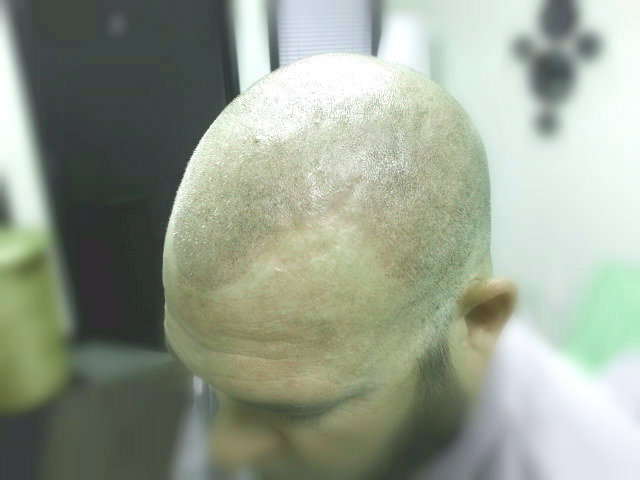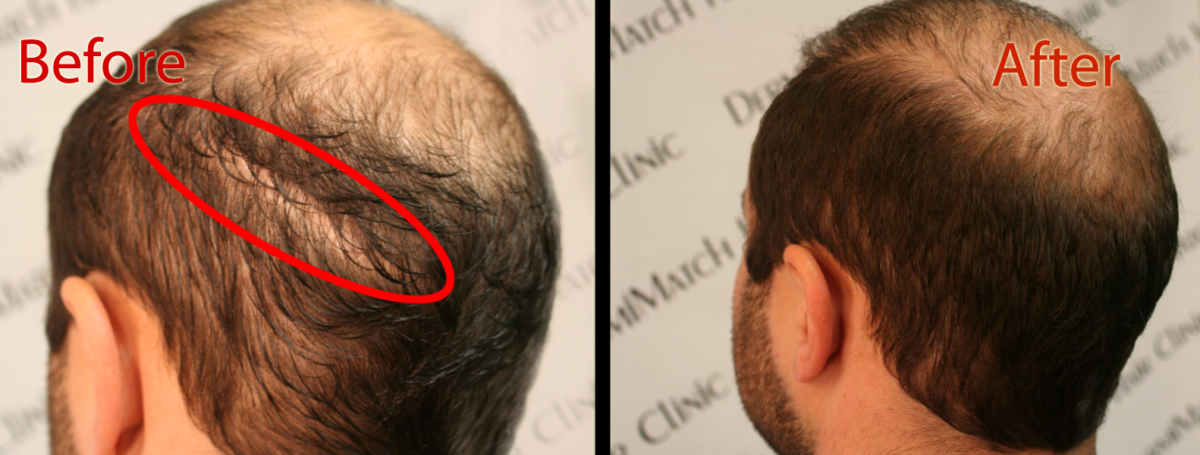Alopecia areata treatment becomes urgent when bald spots appear suddenly. This autoimmune condition attacks hair follicles without warning. The immune system mistakes healthy follicles for threats. Round patches of missing hair develop overnight. Some people lose all scalp hair. Others cycle between regrowth and new losses for years. The unpredictability causes frustration. No home remedy can stop an immune system attack.
Will Hair Grow Back After Alopecia Areata?
Many people ask if bald spots from alopecia areata grow back naturally. The answer varies by person. Some experience spontaneous regrowth within months. Others see hair return only to lose it again. Follicles remain alive but dormant. This creates hope but also uncertainty. Approximately half of the people with mild cases regrow hair within a year. Severe cases respond less predictably. Relying on natural regrowth means accepting years of visible bald patches.
Can Diet or Vitamins Reverse Autoimmune Bald Spots?
Popular alopecia areata treatment searches mention vitamins and nutrition. People hope supplements will fix their immune response. The reality disappoints. Vitamins support hair health only when a deficiency exists. Most alopecia patients have normal nutritional levels. Their hair loss stems from immune dysfunction, not missing nutrients. Eating better or taking biotin does not reprogram a misfiring immune system. Medical intervention targets the problem more effectively than dietary changes.
Does Stress Cause Alopecia Areata?
Stress appears frequently in alopecia areata treatment discussions. Severe trauma can trigger flare-ups in susceptible individuals. However, stress is not the root cause. Daily work pressure or family problems do not create autoimmune conditions. Managing stress through meditation or exercise helps overall well-being. It does not prevent new bald spots from forming. The immune attack continues regardless of stress reduction efforts.
Medical Treatments for Alopecia Areata
Dermatologists recommend corticosteroid injections as standard alopecia areata treatment. Needles deliver medication directly into bald patches. Results take months to appear. Unfortunately, success rates vary widely. Some people see excellent regrowth, while others experience minimal improvement.
Topical creams and foams offer another option. JAK inhibitors represent newer oral medications. These treatments work for some patients but fail for others. Side effects include infection risk and other complications. Treatment requires ongoing commitment with uncertain outcomes.
Why Scalp Micropigmentation Works When Other Options Fail?
Scalp micropigmentation provides immediate visual results. SMP does not attempt to regrow hair. Instead, it creates the appearance of natural hair density. Specialized pigments mimic individual follicles. The technique works even during active autoimmune flare-ups. Bald spots become invisible to observers. Confidence returns without waiting months for uncertain medical results. SMP adapts as alopecia patterns change over time.
Alopecia Areata Treatment That Adjusts to Changing Patterns
Autoimmune hair loss moves unpredictably. Bald spots disappear in one location and emerge elsewhere. Traditional alopecia areata treatment struggles with this pattern. SMP sessions can be modified anytime. Artists add pigment to new areas as needed. The technique blends seamlessly with existing hair. No surgery or recovery time interrupts daily life.
When Natural Remedies and Medical Options Disappoint
When natural oils accomplish nothing, supplements fail, and steroid injections provide temporary improvement, you still seek desired coverage. SMP offers a different solution entirely. It works with your appearance rather than fighting biology. Results appear immediately instead of requiring months of hope. Clients regain control over how they present themselves.
The Danger of Untrained Tattoo Artists Claiming SMP Skills
Rising demand for scalp micropigmentation attracts tattoo artists without proper training. Regular tattooing differs fundamentally from the SMP technique. Tattoo needles penetrate too deeply. Standard tattoo ink changes color over time. Blue or green pigment appears where natural brown should exist. Dots look oversized and artificial. Hairlines appear painted rather than realistic. Correcting poor SMP work costs more than doing it correctly initially.
Proper scalp micropigmentation requires specialized education. Certified artists understand scalp anatomy and autoimmune skin conditions. They use precise needle depths appropriate for facial and scalp tissue. Pigments match natural hair color without fading to unnatural shades. Follicle placement follows authentic growth patterns. Trained artists create results that look real under scrutiny. Your autoimmune condition deserves expertise, not experimentation.
Conclusion
Choose a certified Arizona SMP specialist who understands autoimmune hair loss patterns. Avoid tattoo artists crossing into medical aesthetics without proper credentials. Your scalp deserves precision, artistry, and results that withstand close examination from any angle. DermiMatch Clinic is happy to help you find top scalp micropigmentation artists in Arizona who can help you find the best alopecia areata treatment.


